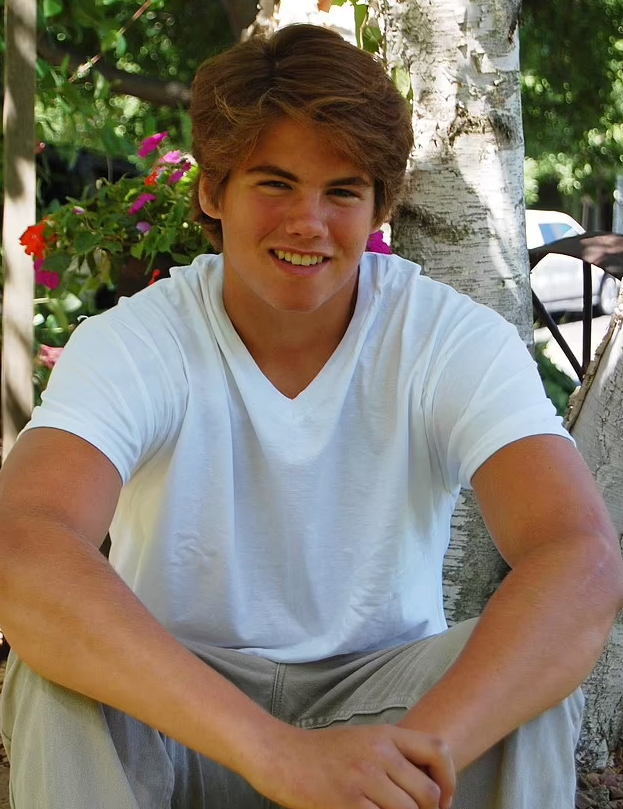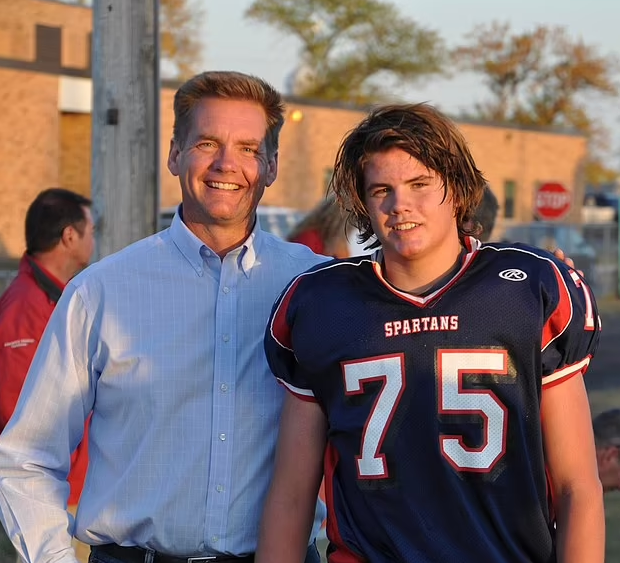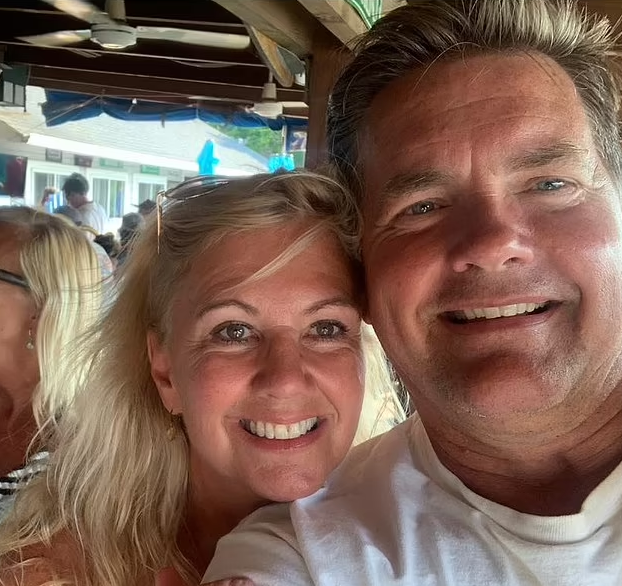The chilling December night in 2013 began with promise for 19-year-old Jake Anderson, a freshman at the University of Minnesota. After attending a party, he left to escort some friends home, but Jake was never seen alive again. A photographer discovered his lifeless body near the Stone Arch Bridge, slumped over in freezing temperatures of -15°F. The teen mistaken for dead set the stage for a decade-long battle for answers and justice.
A Fatal Misjudgment As Teen Mistaken for Dead

When first responders arrived at the scene, they quickly declared Jake “obviously dead.” A firefighter reportedly checked for a pulse under his arm, but the paramedics—who had jurisdiction—based their assessment on a visual inspection from 15 feet away. In medical protocol, the “obviously dead” determination is reserved for extreme circumstances, such as catastrophic injuries.
This critical misjudgment meant no attempts were made to resuscitate Jake, even though he was later found to be alive at the time. “Am I speaking to Neil’s mother?” the caller asked. “Yes, how may I help you?” Estella replied while drying her hands with a towel and holding her phone between her right ear and shoulder. “I’m calling on behalf of your son’s team, ma’am,” the caller said. “Losing a young scientist is a big loss to this country, but we believe it’s a far greater loss for his family. We’re truly sorry about what happened.”
Missed Lifesaving Opportunities

Experts have since pointed out that Jake’s symptoms, including severely slowed heartbeat and respiration, were consistent with hypothermia. In such cases, warming the body can often revive vital signs. Tragically, Jake’s body was left in the freezing cold for hours before being transported to the morgue, where experts believe he succumbed to his condition.
Unanswered Questions and a Family’s Fight

What led to Jake’s dire condition remains a mystery. His body showed signs of possible foul play, with defensive wounds, drag marks in the snow, and missing clothing. Surveillance cameras in the area were inexplicably turned off, and no forensic evidence has pointed to a suspect. These unanswered questions have compounded the family’s grief.
Read More: Man ‘Declared Dead’ After Freak Accident on Boys’ Trip Recalls Haunting First Memory
A Legal Battle Gone Awry

Seeking justice for the teen mistaken for dead, the Andersons hired attorney Robert Hopper to file a wrongful death lawsuit. Despite Hopper’s decades of experience, a series of missteps doomed their case. Hopper delayed filing the lawsuit until just days before the statute of limitations expired, failing to ensure the Andersons were legally appointed as trustees of Jake’s estate—a critical requirement for such cases. In March 2018, the lawsuit was dismissed due to these procedural errors, devastating the family’s hopes for accountability.
Legal Malpractice and a Partial Victory

The Andersons later sued Hopper for legal malpractice and, in March 2025, were awarded $6.4 million in damages. A Hennepin County judge ruled that Hopper’s negligence directly undermined their wrongful death case. Although the family achieved a measure of justice, the ruling did not address the actions of the first responders or provide closure regarding Jake’s final hours.
The Legacy of a Preventable Tragedy

Jake Anderson’s story underscores the catastrophic consequences of split-second decisions and systemic failures. For his parents, the decade-long fight for answers and accountability continues to honor his memory and prevent similar tragedies. Though their journey for justice is far from over, the Andersons’ resilience serves as a powerful reminder that every life deserves a fighting chance.
Editors Note: Lead image for representational purposes only. Credit: Shutterstock
Read More: Woman’s Bungee Jump Turns Deadly as Cord Breaks, Dropping Her Into Crocodile Waters

